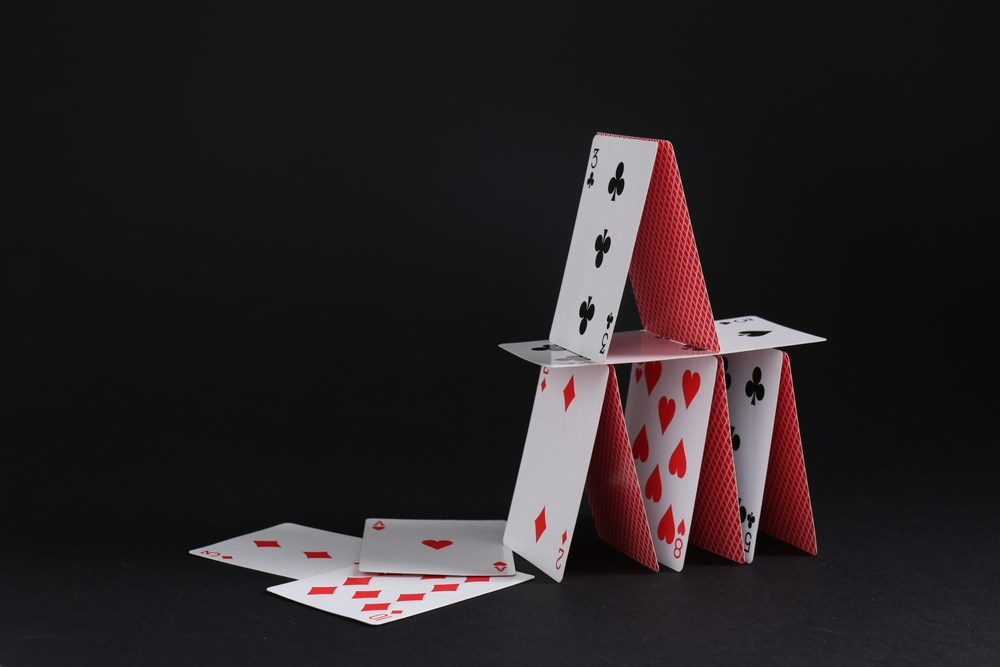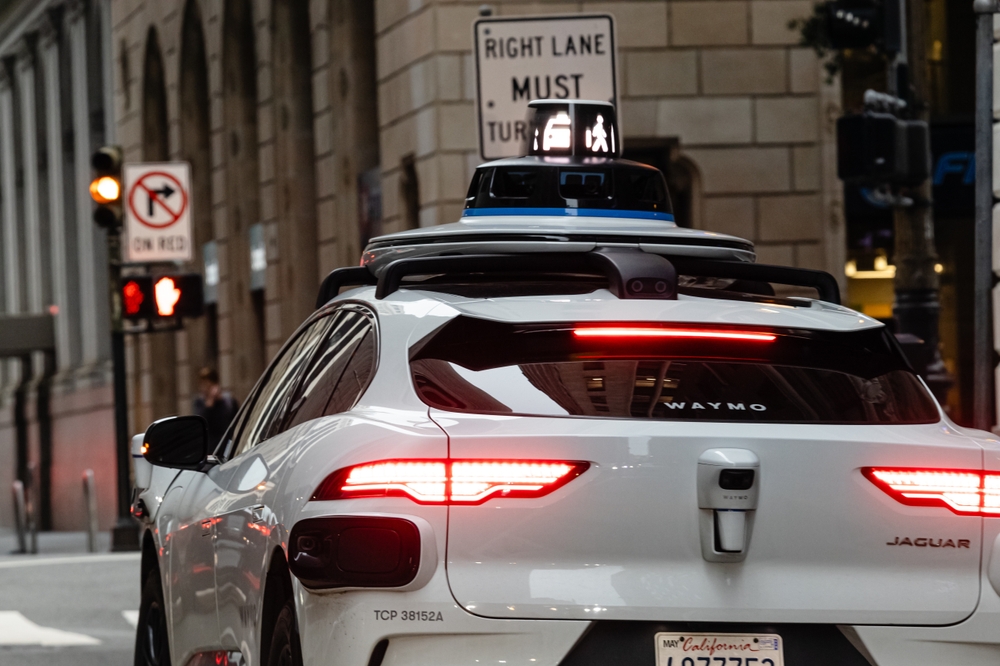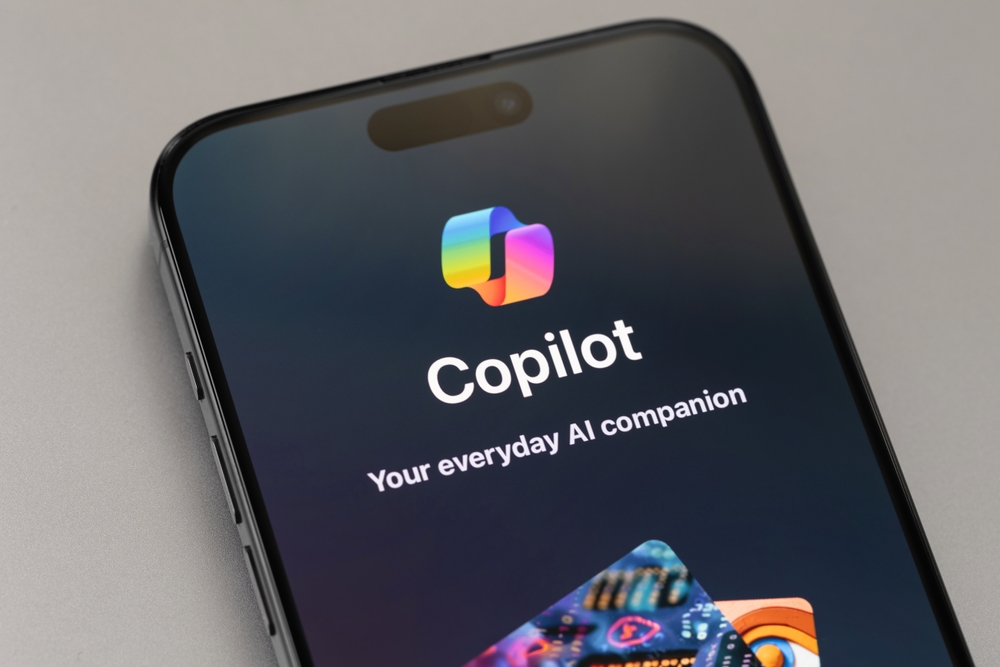Artificial intelligence is like a house of cards that could collapse if it keeps building on its own shaky creations instead of fresh, human-made ideas. This endless loop of using AI-generated content to make more AI content is a lot like inbreeding in animals and plants, where each generation gets weaker and more error-prone.
How AI Gets Built
AI tools—chatbots, image generators, and the rest—learn from huge collections of material people have created: books, websites, photos, songs, and more. That human variety gives AI its smarts. But now AI is turning out mountains of its own content, from blog posts to social-media updates. If tomorrow’s models learn mainly from this AI-made material, it’s like recycling the same old ideas without adding anything truly new.
The Endless Loop That Weakens Everything
Picture this: One AI writes an article based on another AI’s summary of a real story. Tiny mistakes or dull spots grow each time, and the final result loses its spark. Over the years, AI outputs could become boring, repetitive, and less reliable. The internet fills up with more AI content, leaving less room for genuine human input, and the models start failing at tasks like giving sound advice or crafting engaging stories.
Is It Like Inbreeding?
Yes. In nature, when animals or plants breed within a narrow gene pool, they lose resilience and pick up more problems because there isn’t enough variety. The same goes for AI: if it keeps “breeding” from its own limited pool of recycled content, flaws build up—more errors, less creativity, and outputs that all sound the same. Just as a species needs fresh genes to stay healthy, AI needs ongoing human input to remain strong and useful.
What Could Go Wrong?
We’re already seeing warning signs, such as online spaces filling with AI-written articles that aren’t as good or trustworthy. If the trend continues, expect:
- Less Creativity: AI could get stuck repeating the same patterns, hurting art, writing, and invention.
- Real-World Problems: Businesses using AI for ads or news might spread bad information, losing public trust.
- Bigger Issues: Recycling errors could let biases or fake facts spread like wildfire.
Labeling AI content and collecting more real human work are quick ways to slow this slide.
Predicting Model Collapse: When Could It Happen?
Researchers say the risk isn’t some distant sci-fi worry—it could show up soon.
- A 2024 Nature study proved collapse can happen after just a few generations of models training on each other’s outputs.
- Several AI labs flag 2025 as a critical tipping point—by April 2025, roughly three-quarters of new web pages already contained some AI-generated text, sharply increasing the odds that new models will be trained on recycled material.[
- Human-in-the-loop researchers also rate 2025 as the year collapse becomes a front-burner concern if data pipelines don’t change.
- One high-profile scenario dubbed “AI 2027” imagines full-scale collapse by 2027 if self-reinforcing feedback loops keep amplifying today’s flaws.
Put simply, if we keep pouring mostly synthetic data into new models, visible quality drops could appear within the next couple of years, with more severe breakdowns possible before the decade ends.
Ways to Keep It Steady
The good news: we can fix this before the house of cards falls.
- Track the source of training data so engineers know how much is human versus AI-generated.
- Watermark or tag AI content so future models can filter it out or down-weight it.
- Keep humans in the loop—edit, fact-check, and add fresh perspectives that algorithms miss.
- Treat AI as a sidekick, not a replacement; real creativity and critical thinking still come from people.
Handle those steps well, and the AI house of cards can turn into a more solid structure—one that benefits from AI’s speed and scale without losing the irreplaceable value of human ideas.
Want to learn more? AI has been a subject of my writing for several years, and CGNET has offered AI user training and implementation for both large and small scale organizations. I would love to answer your questions! Please check out our website or drop me a line at g.*******@***et.com.





0 Comments